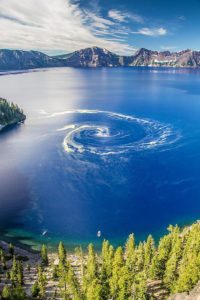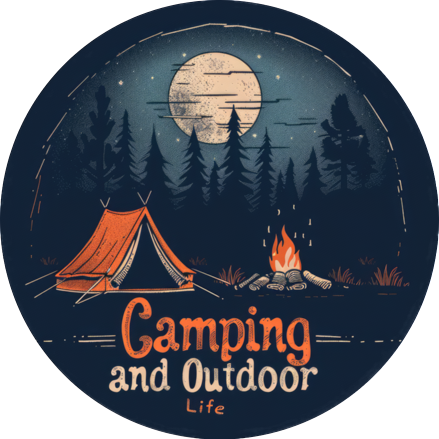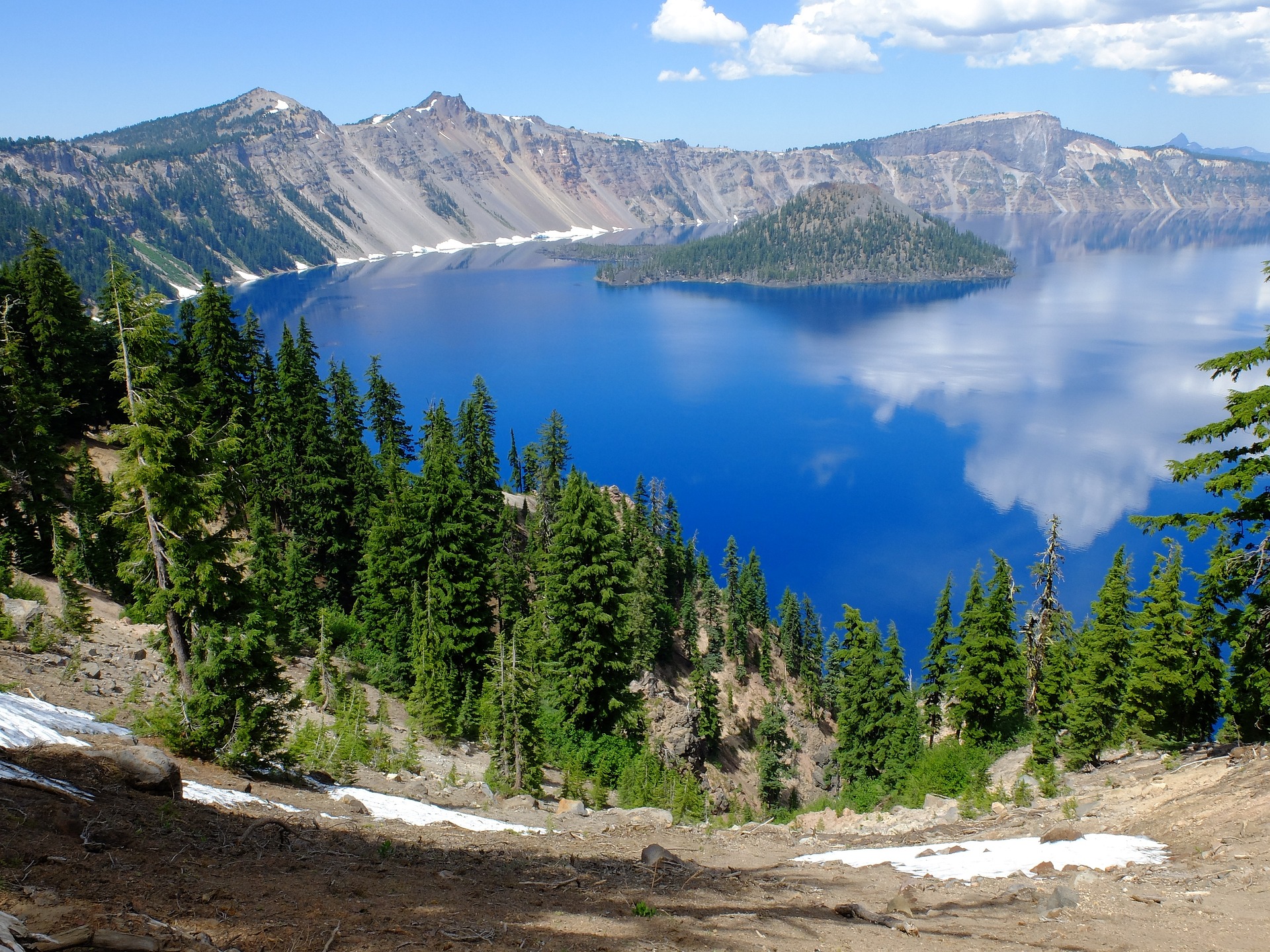
It doesn’t matter where you live in the United States. There’s always a place for camping if you enjoy this activity with your family and friends. Imagine yourself in a location with lush greenery, mountains, a lake – living alongside all of nature’s wildlife. I would describe the feeling as pure serenity, if you will. Away from the daily humdrum of city life. A little peace and quiet with people you love most. Probably friends, family or even your significant other – it does matter, really. All of us need some time away making that connection with Mother Nature. But what if you’re not sure which place to pick? It’s understandable given the number of National and State parks, trails, islands and beaches you can find on United States soil. No matter what, and whichever camping spot you decide to pick, it’s going to have to be a memorable experience. That is why we put together this resource for you – our suggestion for an unforgettable experience with nature is Crate Laker National Park.
Crater Lake: The Deepest Lake in the United States
Spanning 183,224 acres, this park is located in Oregon, and was established in 1902. Probably, the first thing that you will notice is Crater Lake – almost 21 square miles in dimensions – surrounded by cliffs that scale up to almost 2000 feet. But these tranquil surroundings was once the site of much violent volcanic activity – Mount Mazama – only now dormant since 5700 B.C. Legend has it that the mountain put out so much pumice and ash that it collapsed upon itself, thanks to an emptied magma chamber and thus creating a cauldron-like volcanic depression also known as a caldera. Not long after, rain and snowmelt accumulated in this caldera, and which is why we have the Crater Lake – also known as the Gem of the Cascades. It is, for all practical purposes, about 1900 feet deep and has a unique ecology that scientists are still learning about. Quite interestingly, it is widely considered to be the most photographed park in the world and is the only one in the state of Oregon. As you would imagine, there’s plenty of foliage in the form of hemlock, pine, fir and even wildflowers too. As for wildlife, black bears, bobcats, marmots and deer as well as eagles and hawks inhabit the area around the lake too.
Which makes it an excellent location for day hikes considering that there’s almost 90 miles of trails from which you can get an excellent of points that are almost a hundred miles away. Some of the trails in Crater Lake National Park are Cleetwood Cove, The Watchman, Lightning Spring, Castle Crest Wildflower Garden, Plaikni Falls and Garfield Peak.
Now, if all this information has piqued your curiosity, and you are thinking of spending some time at this gorgeous park, it’s a good idea to know you can get there.
Finding Your Way to Crater Lake National Park
First and foremost, if you live outside the state of Oregon, you have two airports that can get you to Crater Lake National Park – Klamath Falls and Medford.
There are three ways by which you can enter the park: from on Oreg. 138, from the south on Oreg. 62 or just enter the park from the west as well.
Probably the best time to visit this lake is during the summer time. Of course, cross-country skiing is available in the winter but you will not be able drive around the lake, thanks to snow during that time.
As for a list of activities, camping, hiking, fishing, bicycling, cross country skiing and snowshoeing, snowmobiling and backcountry camping are permitted. That means you can visit Crater Lake Park just at about any time of the year – there will still be plenty to do with the family. One of my favorite activities is bird watching with my favorite pair of bird watching binoculars. You will find all types of birds here ranging from eagles to hummingbirds at Crater Lake.
What You Should Know About Camping at Crater Lake National Park
Without a doubt, the Crater Lake National Park is the ultimate camping location. Almost anyone who has visited for this reason will share nothing but wonderful experiences of their time in the wild.
For starters, there are almost 214 campsites for RVs (50 feet) and tents (12 inches x 12 inches) at Mazama Campground – a spot that is about seven miles from the Rim of Crater Lake. If you must know, this campground is located near Highway 62 at the Annie Springs entrance. Camping at this site can be fun but one should remember that it is only permitted between mid-June to early October, if the weather permits. Each of these sites can handle up to 2 vehicles and 8 people. Basic necessities such as running water, picnic tables, fire rings, bear lockers and flush toilets are available too.
Unlike the Mazama Campground, the Lost Creek campground consists of 16 sites and is available on a first-come, first-serve basis. Simply put, it is a much smaller site for camping. However, camping activities are restricted from early July through to early October.
Quite differently, you can try the cabins at Mazama Village too that are located in a Ponderosa pine forest. With about 40 guestrooms on offer, this seems to be an upgrade from camping but one should not expect air conditioning, televisions or even phones.
Of course, there’s always the Crater Lake Lodge if you’re not the camping types or need to be comfortable for whatever reason, when visiting the Crater Lake National Park. There are about 71 guest rooms with all the modern day amenities that you can think of at a motel or lodge.
Which brings us to backcountry camping that really isn’t everyone’s piece of cake. This sort of activity involves camping out in the wilderness and which is why it is absolutely necessary for people to get permits from the Canfield Ranger Station before you set off into the wilderness.
In Closing
Given that there’s so much to do, we haven’t yet discussed a host of other activities that are permitted at Crater Lake National Park. Apart from Crater Lake itself, some of the other park features include Mount Scott, Crater Peak, Rim Drive, Llao Rock and Union Peak – just as pleasing to the senses as this lake offers. Still, it’s important to remember that the best time to visit this park is during the summer where you will truly see the lake in all its glory. And as mentioned earlier, it will be a visit that will be well-worth its weight in gold.
Happy camping!

